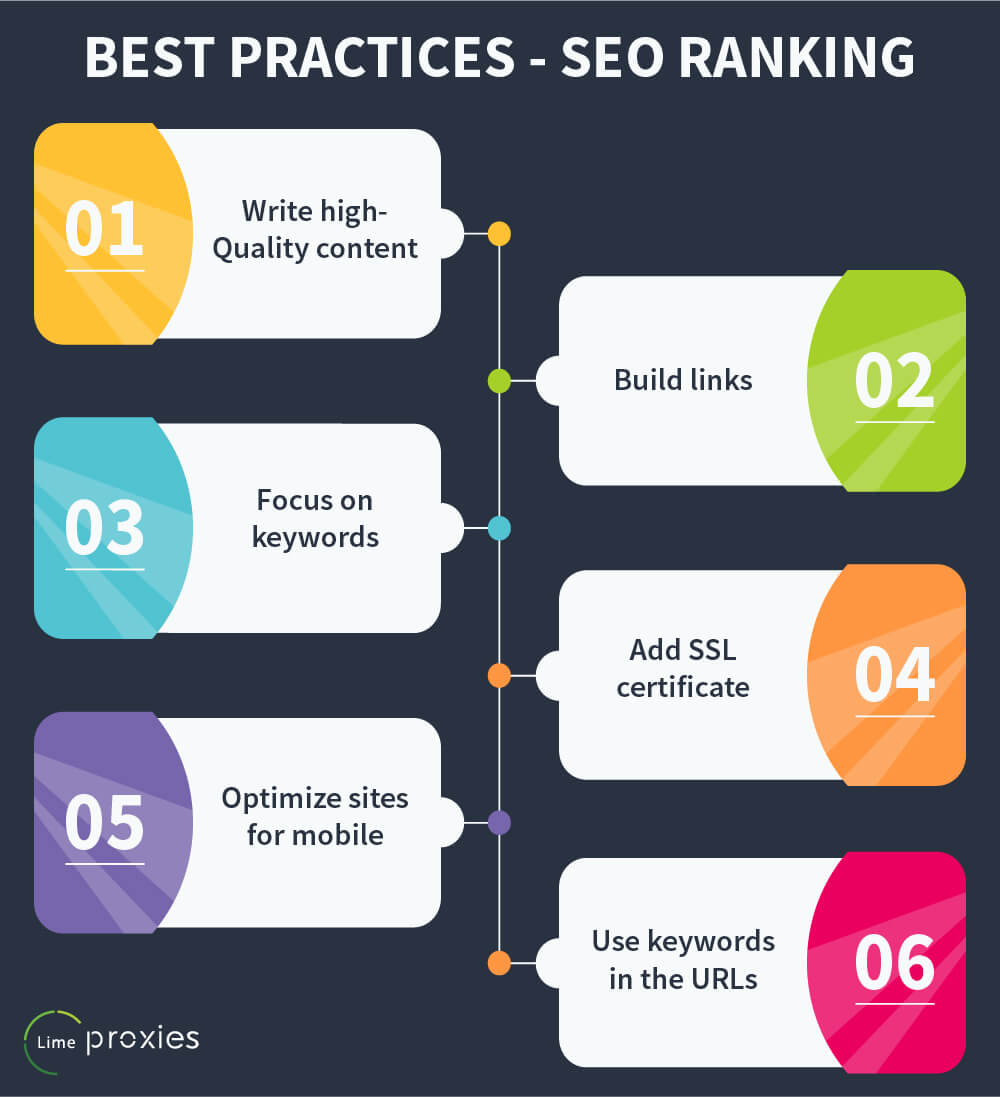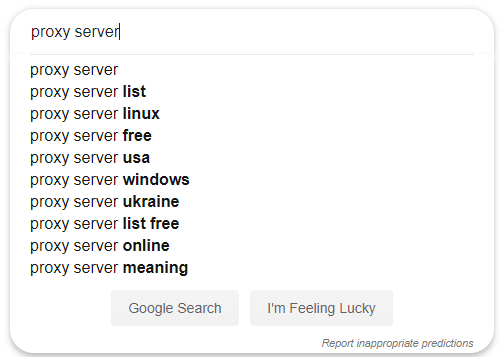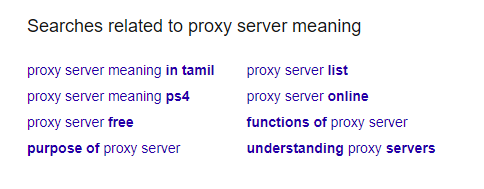SEO Ranking - Best Practices
An effective search engine optimization (SEO) strategy is not comprised of a single task nor does it involve a simple step by step guide. According to Google, which is the standard bearer of all things SEO, the strategy is about creating all these little changes in different parts of a website. These modifications may seem small and insignificant when viewed one by one, but when all optimizations are taken together, you will see that they have a huge impact in increasing the organic reach of your website in search results.
Put simply, the goal of every SEO strategy is to make it easier for search engines to understand a website’s content so they can better present it to the users. Better in this context means to rank ahead of other websites that offer similar content. SEO ranking is undoubtedly complicated, as the requirements or ranking factors are constantly changing, but keeping up with the latest in SEO is a must for every website owner who wants to drive traffic.
The succeeding sections are all about the best practices in SEO ranking, gathered from different SEO experts, success stories of various websites, and personal experiences of the people behind this website. These SEO ranking best practices, however, are best done using proxies for SEO.

1. Write high-quality content
Internet users recognize good content and will reward websites for it by sharing such content to other users either through social media, in forums, or by forwarding it by email. Organic traffic to a website builds up reputation which tells Google and other search engines to give it a higher ranking in search results.
Quality content has these characteristics:
Made for the readers: Obviously, every content should be created with the target readers in mind. However, more and more websites are making the mistake of crafting content with the search engines in mind. Sure, optimizing content for search engines is highly important, but the needs of the readers should also be equally important.
Unique and interesting: With the huge amount of content available to users everyday, every website must offer something unique, something that adds value to the users. The best way to do this is to write original content. The topic may be tackled by others already, but when a new idea or a different approach is done, it will make a huge difference.
Copying articles word for word is a big no, and the same is true for rehashed content. Offering a new idea, a fresh view, and approaching the topic from a different angle will make content high-quality. Another thing to avoid are duplicate content within the same website.
Easy to read: No matter how unique an idea is, if the piece is poorly written, then users will not have a good experience. Chances are, they will only read the first two or three sentences, then press the browser’s back or close button. Make content easy to read by checking and double checking for grammatical and spelling mistakes. Use bullet points and white spaces so that readers will not get tired just by looking at it. Images, videos, or social media posts may also be embedded to make the content a lot more interesting and easier to read.
Organized: Present the ideas in an organized manner, ensuring that the flow of the content makes sense and is not jumbled. This is where subheadings become handy as they help establish where the article is going. Avoid long paragraphs and putting long sentences close to one another so as not to confuse the readers.
Has 2,000 words or more: Content length as an SEO ranking factor has been up for debate for quite a long time. What Google wants, based on different research studies and reports by experts, is a combination of quality and quantity. For instance, Neil Patel said that articles that have 1,500 words at the very least not only get the best SEO, but also social engagement. SERPIQ, on the other hand, found that the top 3 posts in Google results usually have 2,350 to 2,500 words.
While the exact length can vary, it is safe to say that keeping it above 1,500 words is good for SEO, but never forget about the other characteristics of a high-quality content. Stretching an article just reach the required number of words will compromise the quality, so it is not recommended. However, if the topic requires in-depth and long content, then that should be done too.
Creating quality content requires hard work, commitment, and ingenuity, but it is also one fail proof method of generating organic traffic and driving new visitors to websites. A team of talented writers can help make this SEO ranking factor a lot easier to achieve.
2. Build links
The world wide web is made up of links, so it’s only natural that one of the most crucial SEO ranking factors is link building. It doesn’t only require any link building though, but smart usage of links. There are three types of links to consider:
Inbound links: These are links that come from an external website, and this is the kind of link that Google looks at to establish the destination website’s authority in a specific topic or industry. The more reputable the external website, the better for SEO.
Outbound links: Outbound links are those found within a content that directs users to a different website. Ideally, the outbound link should point to an authoritative site and not to any random site that could later on become broken links. Broken outbound links do not provide a good user experience and are therefore bad for the website’s SEO.
Internal links: These links point to a different page within the same website, and are important mainly because they help users navigate through the whole website. Good quality internal links improve user experience and give search engines an idea about the structure of the website.
As important as link building is monitoring these links. The need to make sure that outbound links aren’t broken was mentioned earlier, but it is also important to know who are linking to the website, and if inbound links are being removed. Tools such as Monitor Backlinks can be used to keep track of inbound links, while automated tools like GSA Search Engine Ranker can make link building a lot easier. The latter generate huge batches of backlinks which will help improve the website’s search engine ranking. The use of proxies are highly recommended for such tools though to avoid IP blocking.
The anchor text, or the text that the readers will see, should be descriptive and relevant to the linked page. Anchor texts such as “click here,” “read this,” or “go to this page,” are too generic and should be avoided. Instead, use a short phrase that gives readers an idea of what the linked page is all about.
3. Focus on keywords
Every effective SEO strategy starts with keyword research. How can a company meet the needs of the target market if they don’t know what the market is looking for? And because keyword research tells companies what phrases the target market commonly use when searching for something, they can effectively create content that feature those keywords.
LSI and long tail keywords
However, it’s not only about the main keywords, but also the LSI (latent semantic indexing) keywords, which are basically the words related to the main terms that people are typing in the search box. The perfect example for this is Google’s autocomplete function in the search bar. The suggested phrases change as you type more words, and these suggestions are LSI keywords.

Another way to find LSI keywords is by looking at the related searches at the bottom of the search results page. These are also considered as long tail keywords which are very specific search terms that people use. It’s important to also include long tail keywords although they have a low search volume because they usually generate more sales conversion.

Search results by country
For global or online companies, there is also a need to check the search results in different countries. For this, spoofing your location is necessary and the best way to do this is by using proxy servers.
Voice search
Another consideration when it comes to keywords is the fact that more and more people are searching by voice, and they do so by asking questions. A good content strategy is therefore one that also has room for commonly asked questions.
Search intent
To make keyword research and content optimization more effective, it is important to understand search intent. Why are people searching for this keyword? What are they trying to accomplish.
There are times when the answers to these questions are clear. If they search for “where to buy productxxx,” for instance, you know that they are looking to buy. The same is true for search terms that include the words “how to,” “what is,” and “difference between.” Search intent can be:
- Informational: They want to get an answer to a specific question, or learn how to do a particular thing.
- Investigational: They are still comparing brands, providers, or varieties of a product before deciding to make a purchase.
- Transactional: They are making a purchase.
- Navigational: They are looking for a specific website.
To make websites rank better, create content specifically for each of the search intent types above.
4. Add SSL certificate
Always use https:// instead of http:// as the former indicates that the website has an added layer of security. Without the SSL certificate, browsers will flag the website as exposed or dangerous, and users will be alerted. As a result, traffic to your site will suffer, so as your SEO ranking.
5. Optimize sites for mobile
Google has announced their shift to mobile-first indexing as early as 2016, which was in response to the overwhelming increase in mobile usage. Most people do their Internet browsing on their mobile phones, so Google decided to use the mobile versions of websites when they rank pages and generate snippets, among others.
What this means is that if a website is not optimized for mobile, it won’t rank well on Google because visitors (who are expected to be on mobile) will not have the best experience on the site. There are three methods to choose from to make websites mobile-ready — responsive web design, separate URLs, and dynamic serving — but Google recommends the responsive web design approach.
To test if a website is optimized for mobile, you can use the Mobile-friendly testing tool developed by Google.
Mobile page speed has also become a ranking factor, as announced by Google in 2018. This is part of their drive to improve overall user experience on the internet, and web pages that load quickly are a part of this.
6. Use keywords in the URLs
URLs are not considered as ranking factors, but when they include keywords, they can do wonders for SEO. Using the main keyword in the URL of the post can help improve the post’s visibility in the search results. Keep them short and easy to remember though as URLs should not be more than 2,083 characters.
SEO best practices
As search engines like Google continue to update their search algorithms and ranking factors, it is important for website owners and operators to constantly be in the know. Others may claim to have dozens or even hundreds of best practices for SEO, but most of them may not even be effective today. To recap, below are the best practices for SEO ranking that were tackled in this post:
- Write high-quality content
- Build links
- Focus on keywords
- Add SSL certificate
- Optimize for mobile
- Use keywords in the URLs of your posts
These SEO best practices are what the experts are doing right now, although some of them (particularly quality content and link building) have always been proven effective in improving SEO ranking.
SEO is definitely a complicated game, but when done correctly, it can greatly and positively impact any business in any industry. Because some tasks demanded by SEO are tricky, businesses need some level of protection which they can get from proxies. Link building, keyword research, and competitor research, just to name a few, can be done more safely and effectively with SEO proxy servers.


